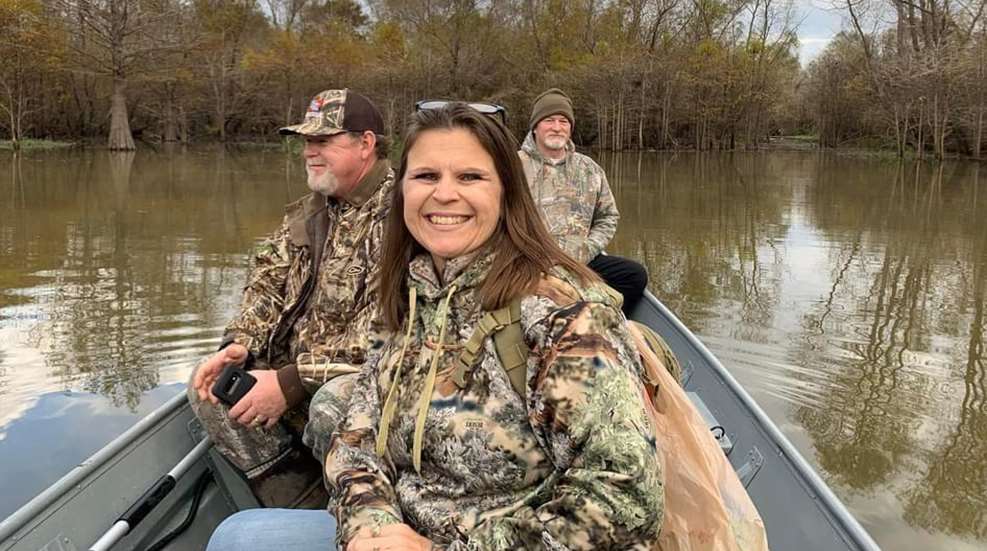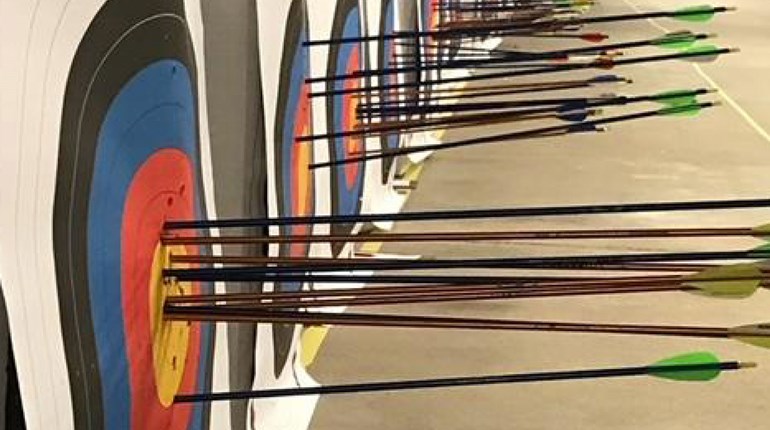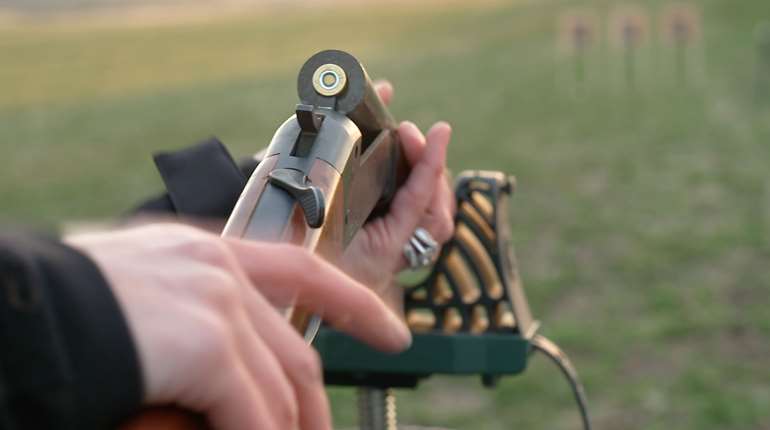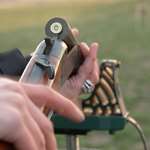
Migratory bird hunting has more than its share of the laws. Anyone who has ever been bird hunting knows how complicated the rules and regulations are. It is the responsibility of every hunter to know the laws regulating the species being hunted. As the old saying goes, ignorance of the law is no excuse.
I decided to go right to the source regarding violations when it comes to migratory bird hunting. I asked several Texas Game Wardens to identify the five most common violations when it comes to migratory bird hunters. They are: 1) possession of an unplugged shotgun; 2) lack of HIP certification; 3) lack of federal or state stamps; 4) possession of non-toxic shot; and 5) hunting over a baited field.
Unplugged Shotgun
An unplugged shotgun is any shotgun capable of holding more than three shells. This would apply to shotguns with a tubular magazine such as pump shotguns and semi-automatic shotguns. This would not apply to break action shotguns such as over-under shotguns, side-by-side shotguns, and single-shot shotguns. This is because break-action shotguns hold fewer than three shells.
To comply with this law, you must insert a plug into the magazine limiting the number of shells that are able to be loaded. This limits the number of shells to two in the magazine and one in the chamber, for a total of three shells in the firearm. A legal plug is one that the shotgun must be disassembled for it to be inserted. The plug cannot be capable of being inserted or removed from the loading gate.
The correct wording of this offense is “hunting migratory birds with a shotgun capable of holding more than three shells.” The game warden does not need to prove that you were loading more than three shells. You also cannot state that you were only loading three shells if your shotgun is capable of holding more. The law states it is a violation if a shotgun is capable of holding more than three shells.
Many shotguns used for hunting migratory birds are chambered for 2¾-inch and 3-inch shells. The law prohibiting a shotgun capable of holding more than three shells is referring to 2¾-inch shells. That means that your shotgun can have a plug and you can still be charged with an offence if you plug was cut to the length for 3-inch shells.
HIP Certification
HIP Certification is for reporting how many birds were taken last year. Many hunters do not understand or even know there are laws that require reporting. This reporting requirement is commonly referred to as being “HIP Certified.” HIP is an acronym for “Harvest Information Program.” All migratory bird hunters are required to be HIP Certified during the current licensing period and carry proof while hunting. HIP certification is usually done at the point of sale of a hunting license. Some states allow for this certification to be done online.
HIP Certification became a requirement in 1998 for all migratory bird hunters. This program is a cooperative agreement between the states’ game and fish agencies and the U.S. Fish and Wildlife Service (USFWS). The information gathered from the HIP Certifications allows state and federal biologist to estimate the number of migratory birds taken each year. This information is then used to set the seasons and bag limits of the following season. It is important to remember that your answers should only apply to the migratory birds taken in the state you are becoming HIP Certified in. Therefore, a hunter may have multiple hunting licenses and multiple HIP Certifications if he or she is hunting in more than one state.
Licenses And Stamps
Hunting migratory birds require a valid state hunting license. Hunters are also required to have the appropriate state stamps or endorsements. These state stamps can go by different names. Some states call them a waterfowl stamp, an upland bird stamp, or a conservation stamp. For example, Texas calls it a “state migratory bird endorsement.” Additionally, if you are hunting waterfowl you are required to have a valid federal waterfowl stamp, also known as a “duck” stamp.
Non-Toxic Shot
In 1991 the U.S. Fish and Wildlife Service (USFWS) required the use of non-toxic shot for the taking of migratory waterfowl. The most common non-toxic shot is steel shot. The use of non-toxic shot applies to ducks, geese, brants, swans, coots and mergansers. The 1991 law made lead ammunition illegal to use for waterfowl hunting.
The use of lead shot, or toxic shot, is still legal for the taking of migratory non-waterfowl such as doves, woodcock, snipe and sandhill cranes. However, you cannot be in possession of lead shot if you are in possession of any waterfowl. In other words, if you have a mixed bag that includes non-waterfowl such as sandhill cranes and waterfowl such as geese, you can only have non-toxic shot in your possession.
There are 14 different non-toxic shot approved by the USFWS. These include iron (steel), bismuth-tin, iron-tungsten, iron-tungsten-nickel, copper-clad iron, corrosion-inhibited copper, tungsten-bronze, tungsten-iron-copper-nickel, tungsten-matrix, tungsten-polymer, tungsten-tin-iron, tungsten-tin-bismuth, tungsten-tin-iron-nickel, and tungsten-iron-polymer. The USFWS further accepts the approved non-toxic shot to be coated in copper, nickel, tin, zinc, zinc chloride, zinc chrome, fluoropolymers and fluorescent thermoplastics. Luckily for us, we do not have to remember all these approved names of shot. Non-toxic shot is usually referred to as steel, bismuth, tungsten or copper.
Baited Fields
Baiting and hunting over a baited field are the most common questions I get from migratory bird hunters. The first thing you must remember is that hunting migratory birds over bait is both a federal and a state violation in every single state. This is a very complex topic and one that very few migratory bird hunters fully understand.
According to the USFWS, “Baiting is the direct or indirect placing, exposing, depositing, distributing, or scattering of salt, grain, or other feed that could lure or attract waterfowl to, on, or over any areas where hunters are attempting to take them.” Additionally, according to the USFWS, “ A baited area is any area on which salt, grain, or other feed has been placed, exposed, deposited, distributed, or scattered, if that salt, grain, or feed could serve as a lure or attraction for waterfowl.”
It is possible to be hunting migratory birds on a piece of property and be hunting over a baited area without ever knowing it. It all depends on flight patterns, other types of hunting, and your activities in the hunting area. Examples of these would be if the neighboring property is baiting and drawing the birds over your property, birds being drawn over you on their way to a deer feeder, and if you are not taking a direct route to your blind or setting decoys and you are knocking seeds or grain off weeds or crops.
It is a wise choice to talk to your local game warden to make sure that you stay within the law. Hunting migratory birds can be very complicated. Nothing can ruin a day of hunting faster than to find yourself on the other side of the law with a souvenir citation to show for your ignorance. Knowing and understanding the rules and regulations when hunting only adds to the experience.













































